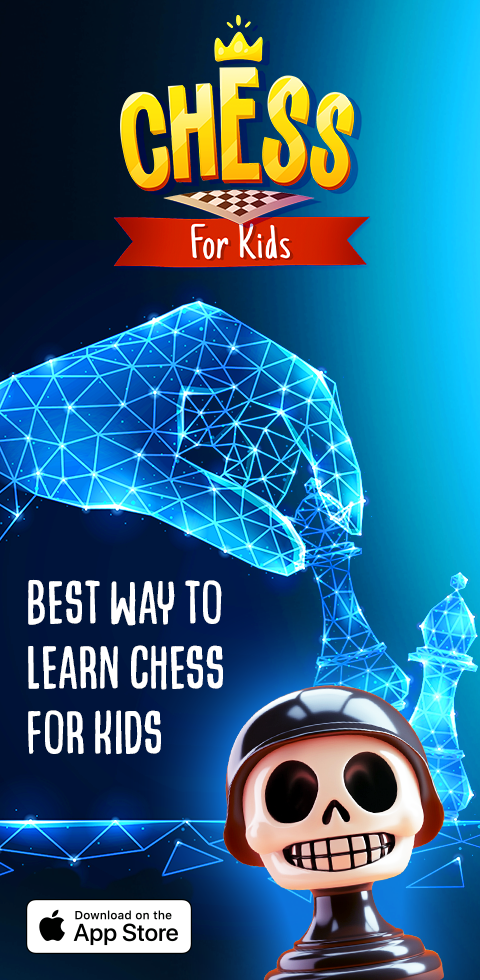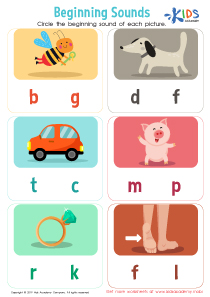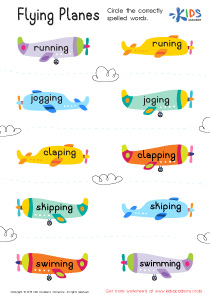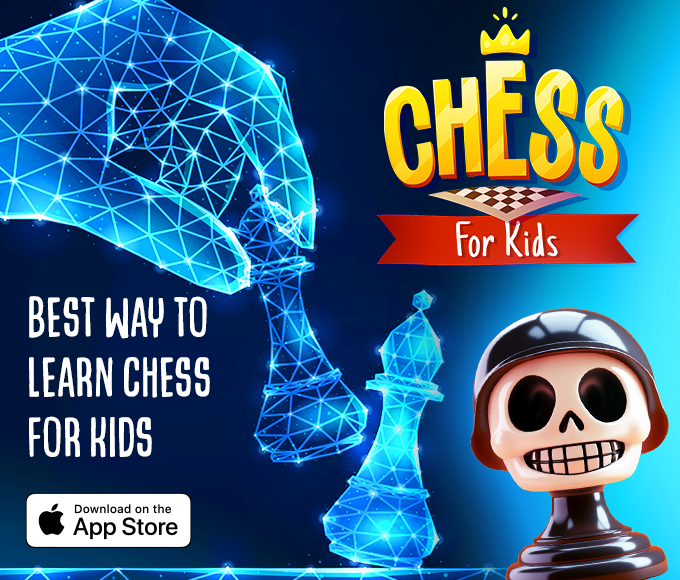Sound Association Letter Sounds Worksheets for Ages 6-8
5 filtered results
-
From - To
Discover engaging and educational Sound Association Letter Sounds Worksheets designed specially for ages 6-8! These printable worksheets from Kids Academy utilize fun activities to help children learn, recognize, and associate letters with their distinct sounds. Perfect for young readers, they enhance phonemic awareness and literacy skills through interactive practice. Whether at home or in the classroom, these worksheets provide an entertaining and effective way for kids to deepen their understanding of letter sounds. Parents and educators can now enjoy an accessible resource that makes learning an enjoyable adventure. Get ready to build strong foundational reading skills with Kids Academy!


letter sounds Worksheet
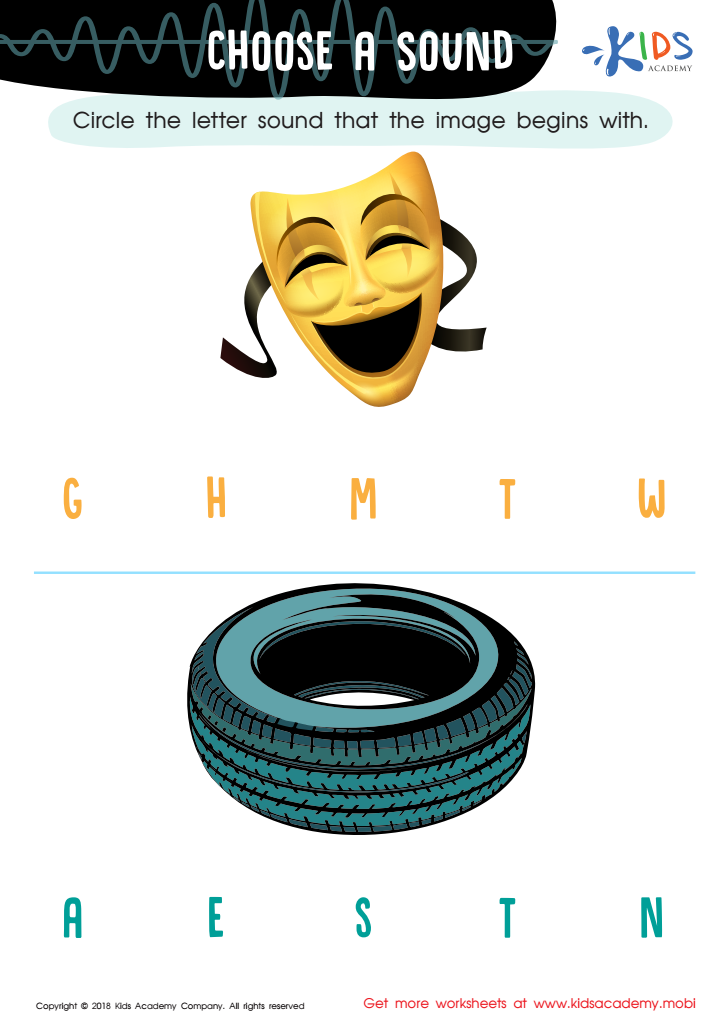

Choose a Sound Worksheet
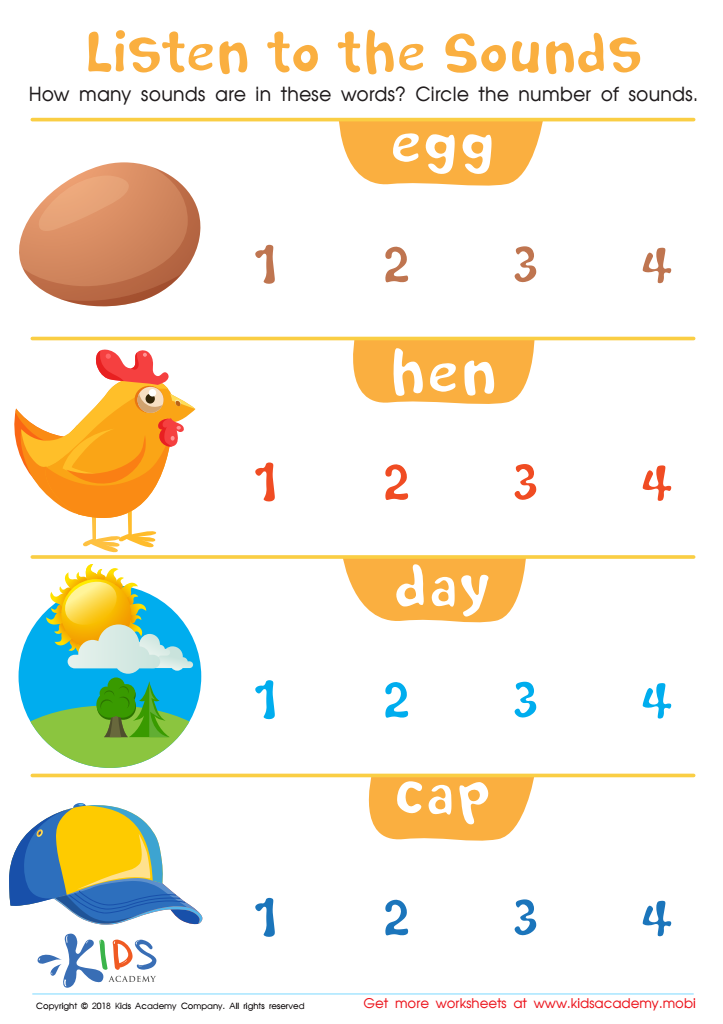

Listen to the Sounds Worksheet
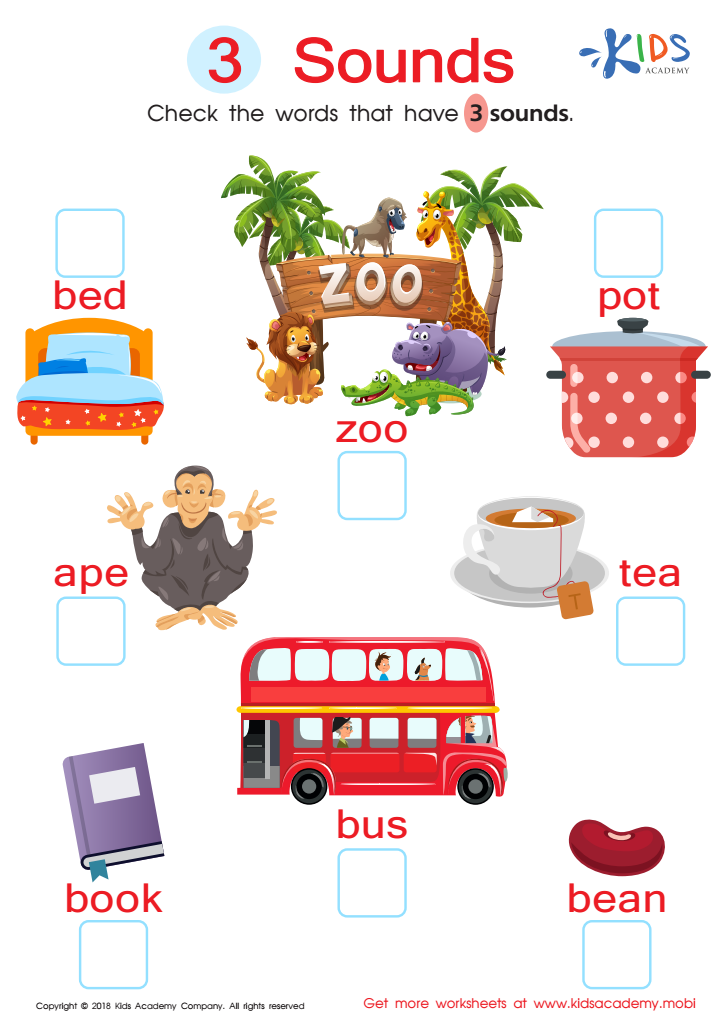

3 Sounds Worksheet
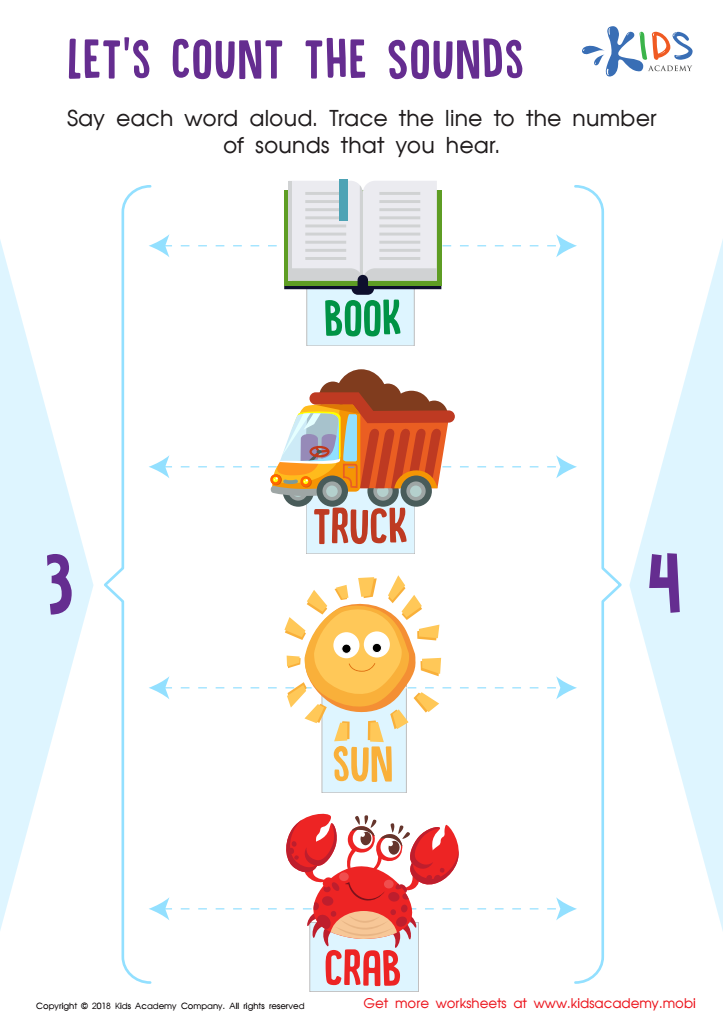

Let's Count the Sounds Worksheet
Parents and teachers should care deeply about Sound Association Letter Sounds for ages 6-8 because this foundational skill is crucial for early literacy development. At this formative stage, children are transitioning from recognizing individual letters to blending sounds to form words. Sound association aids in phonemic awareness, allowing children to understand that words are made up of distinct sounds, which are represented by letters. This awareness is a key predictor of successful reading and writing skills.
Teaching Sound Association encourages children to link spoken sounds with their corresponding written symbols, aiding in decoding unfamiliar words and improving spelling. It builds a solid literacy foundation, enhances vocabulary, and promotes confidence in reading skills. When children master these sounds, they can more easily break down words into manageable parts, facilitating smoother and quicker reading progress.
For children struggling with early reading, consistent practice with sound-letter associations can prevent future academic challenges and frustrations. Additionally, engaging activities that incorporate these skills can make learning fun and encourage a lifelong love of reading. By prioritizing Sound Association, parents and teachers provide essential support that paves the way for academic success, effective communication, and a self-assured learner ready to tackle more complex literacy tasks.
 Assign to My Students
Assign to My Students

